Top speed 882 km/h Length 14 m Manufacturer Dornier Flugzeugwerke | Wingspan 15 m Engine type Heinkel HeS 011 | |
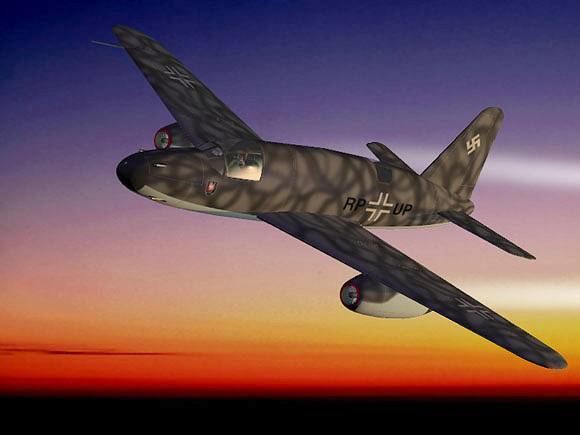 | ||
The Dornier P 256 was a turbojet night fighter proposed by Dornier for the Luftwaffe toward the end of the Second World War. It was never built.
Contents
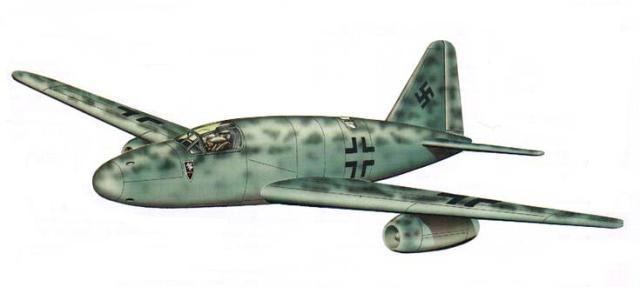
Development
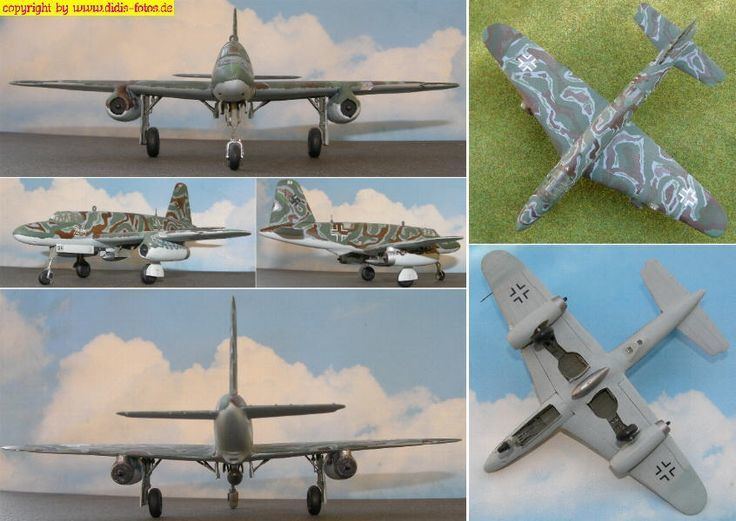
Developed from Dornier's unusual centerline thrust fighter project, the Do 335, the P 256 was to meet a Luftwaffe requirement issued 27 February 1945. It was designed to carry a crew of three (pilot, radar operator, and navigator), with pilot and radar operator together under the canopy, while the navigator was in the fuselage, an idea copied from Arado. Departing from centerline thrust, it was to have two Heinkel HeS 011 engines of 1,300 kPs (2,865 lb-fc) each, podded under the wings in the fashion of the Me 262. The low-mounted wing was unswept, and had an aspect ratio of 5.8:1.
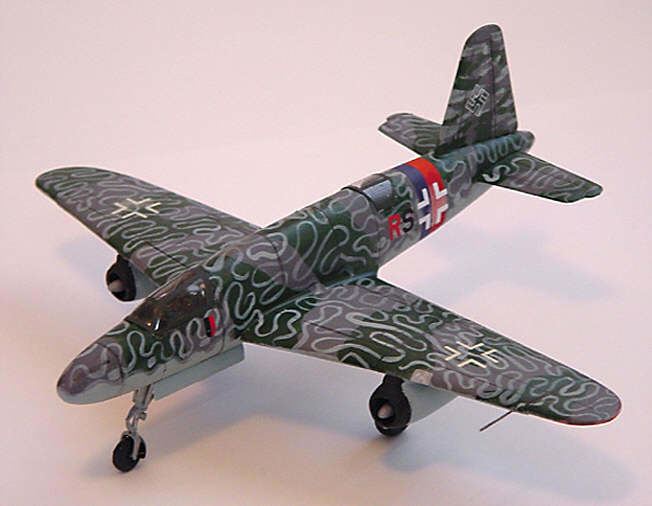
Designed armament was four 30 mm (1.2 in) MK 108 cannon in the nose; a field conversion kit was to retrofit two MK 108s in a Schräge Musik configuration. A fighter-bomber variant would have carried two 500 kg (1,100 lb) bombs.
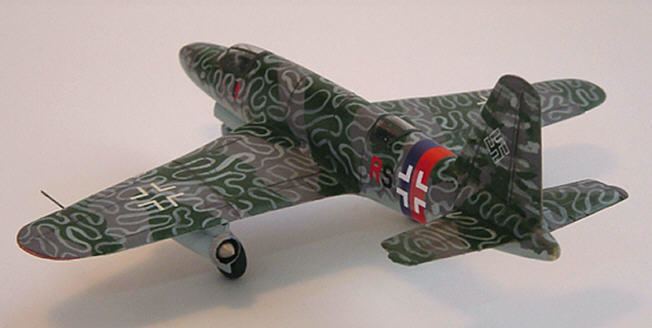
Its loaded weight would have included 3,750 kg (8,270 lb) of fuel, giving a wing loading of 276 kg/m2 (56.5 lb/ft2). Maximum speed was achieved at 8,000 m (26,000 ft), maximum range at 6,000 m (20,000 ft). Endurance with 4,000 kg (8,800 lb) fuel was calculated as 2.6 hours.
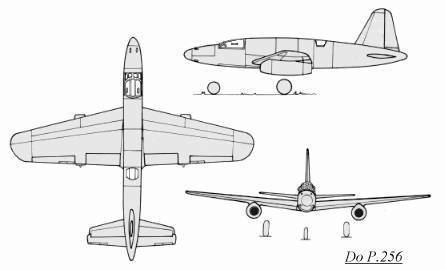
Its electronic suite would have included FuG 24SE with ZVG 24, FuG 29, FuG 25a or c, and FuG 244 Bremen with Gnome weapon triggers.
Criticized for having poor cross-sectional area and unduly large tail surfaces, it was not adopted.
Specifications (projected, from Dornier tender)
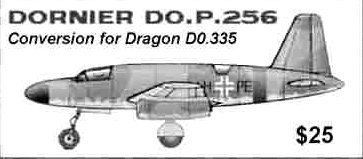
Data from Schick, Walter, and Meyer, Ingolf. Luftwaffe Secret Projects: Fighters, 1939-45, p.123. Leicester: Midland Publishing, 1997 (Eng. tr. ed.).
General characteristics
Performance
Armament
• Four 30 mm (1.2 in) MK 108 cannon (optional two 30 mm (1.2 in) MK 108 cannon in Schräge Musik oblique mount)
